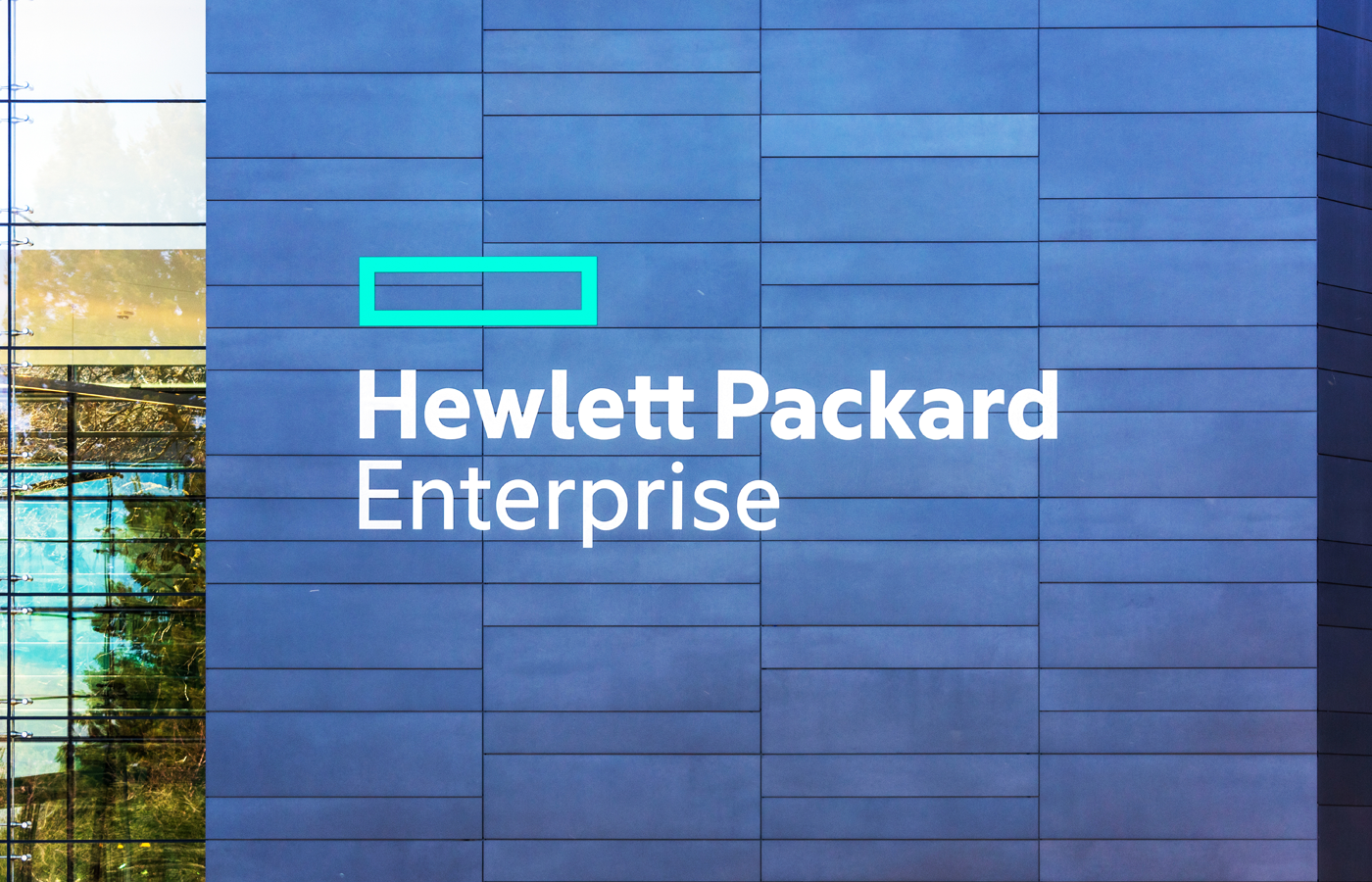At its annual Discover conference, Hewlett Packard Enterprise (HPE) made one thing clear: it’s going all-in on agentic AI. The theme throughout the event—and especially in CEO Antonio Neri’s keynote—was about embedding intelligent agents wherever they can make a difference, whether or not the technology is fully mature across every use case.
The focus of the announcement was GreenLake Intelligence, a new agent-based AI framework designed to streamline the chaos of hybrid IT operations. According to HPE, the framework functions as a central control center, enabling autonomous agents to handle tasks across networking, storage, compute, and more—all within the GreenLake hybrid cloud platform.
“HPE is reimagining hybrid IT as only we can do, catapulting organizations from the era of hybrid complexity to the era of agentic-AI-powered cloud operations,” said Antonio Neri. “HPE’s new vision for hybrid IT is fueled by agentic intelligence at every layer of infrastructure, so enterprises can realize their boldest ambitions and achieve previously impossible levels of IT operations performance and efficiency.”
GreenLake Copilot brings agentic AIOps to life
A major centerpiece was GreenLake Copilot, which serves as the front-end to GreenLake Intelligence and will be available in beta in Q3 2025. It promises to support what HPE calls a “unified hybrid cloud operating model powered by agentic AIOps,” with agents that can understand and make decisions based on the bigger picture, even across different vendors and cloud setups.
“Ultimately, the goal here is being able to reason and understand the multi-vendor, multi-cloud, full-stack context, to be able to deliver that intelligence that is needed,” said Varma Kunaparaju, SVP & GM, OpsRamp Software and Cloud Platforms.
Smarter insights, faster fixes
This is all about helping humans… human. The agents pull in real-time data from across the IT environment (things like logs, metrics, traces, and system topology) and combine it with HPE’s domain expertise. According to Kunaparaju, this special mix helps spring to the surface insights that would be next to impossible for humans to find on their own. This aims to help teams spot issues faster, plan ahead way more effectively, and take a more proactive approach to operations.
“It’s all about embedding intelligence directly into the operation stack so that the IT teams can act with speed and confidence,” Kunaparaju said. “Our design with GreenLake Intelligence is to help customers fix issues faster, prevent failures earlier, shift focus to innovation and ultimately deliver business outcomes that they are expected to deliver.”
Where the agents are showing up
In simple terms, that means agentic capabilities will be evident in areas like Aruba networking, which is being enhanced with “agentic mesh technology” supported by a “multi-modal, conversational networking copilot” to perform root-cause analysis and suggest human-friendly solutions. Agents are also coming to OpsRamp, storage, cost operations, sustainability, and business services, wherever HPE sees opportunity for autonomous systems to reduce manual effort and boost efficiency.
As HPE frames it, this marks a shift into an “AI-native era” of IT. The company is leaning into that future with a bold bet: that agentic AI is not just the next big thing—it’s the new operating model for the enterprise.
At its Discover conference last year, HPE announced the expansion of its partnership with NVIDIA to include NVIDIA AI Computing by HPE, a portfolio of joint solutions that accelerate the adoption of generative AI. Read on to compare the strides made in enhancing enterprise AI in the span of a year.

